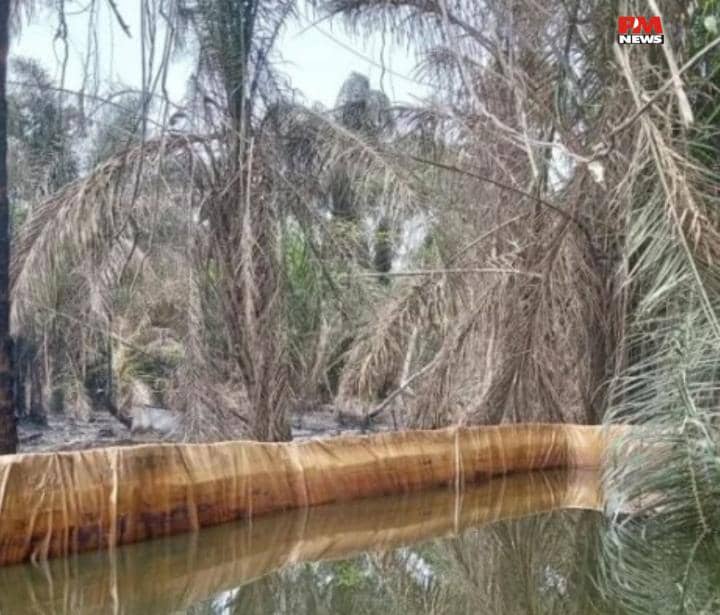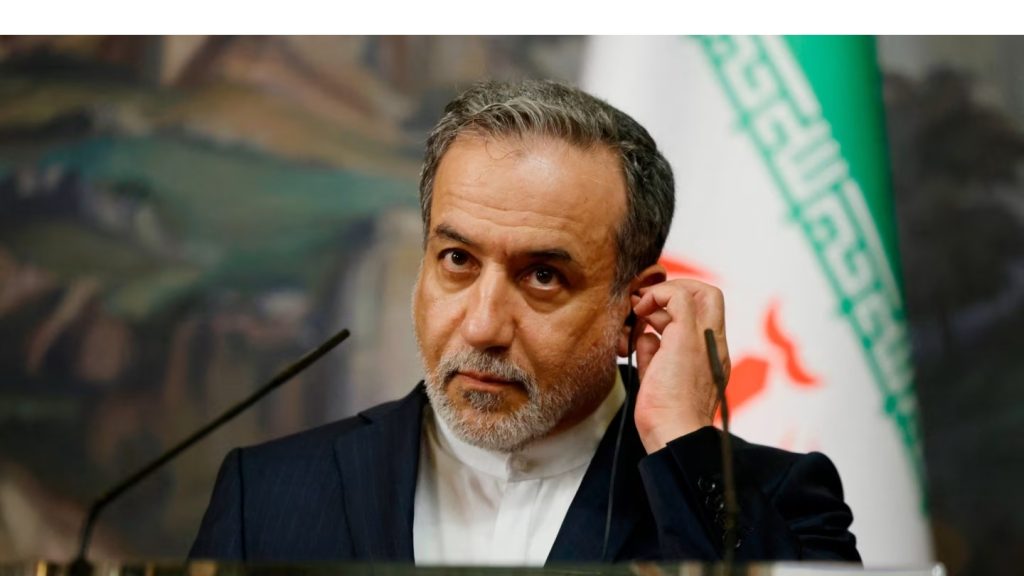News
Gaza strip devastated: Israeli airstrikes claim 40 lives, leaves many injured

Israeli airstrikes as of Saturday, May 3, 2025, have claimed the lives of at least 40 individuals across various areas of Gaza in 24 hours, according to civil defence sources in the battered Palestinian enclave.
These attacks come amid indications that Israel’s government is on the verge of authorizing a broader military campaign.
Among the dead are nine people who perished when an airstrike hit a house within the Bureij refugee camp in central Gaza.
Another six people were killed in a separate strike that targeted a family residence in Beit Lahiya, located in the north.
A third attack on a communal kitchen in Gaza City left six more dead.
There was reportedly an overnight strike on the Khan Younis refugee camp.
This reports say, resulted in the deaths of at least 11 people, including three infants under the age of one, officials reported.
In response to questions about the latest wave of airstrikes, a spokesperson for the Israel Defense Forces (IDF) stated that the military implements “feasible precautions to mitigate civilian harm” during operations.
These latest strikes are part of Israel’s resumed aerial campaign in Gaza, which recommenced on March 18 following the breakdown of a tenuous ceasefire.
Since then, at least 2,326 people have been reported killed.
The total death toll since the outbreak of the war now stands at 52,418, according to Gaza’s health ministry.
Israel continues to assert that Hamas uses civilians as human shields, an accusation the Islamist group has consistently denied.
Furthermore, Israeli officials have accused Hamas of diverting and selling humanitarian aid to fund its military activities.
The ongoing conflict was sparked by a sudden and deadly assault by Hamas inside Israel on October 7, 2023.
In that incident, more than 1,200 Israelis were killed—most of them civilians—and 251 individuals were taken hostage.
Of those captives, 58 remain in Gaza, with the Israeli military stating that 34 of them are believed to be deceased.
International aid agencies have increasingly warned of a looming humanitarian catastrophe in Gaza, as the region once again teeters on the brink of famine.
On Friday, the International Committee of the Red Cross (ICRC) cautioned that the humanitarian response was on the “verge of total collapse.”
In a formal statement, Pascal Hundt, the ICRC’s deputy director of operations, declared that “this situation must not – and cannot – be allowed to escalate further.”
Efforts to secure a new ceasefire agreement in exchange for the release of hostages have stalled in recent weeks.
According to Israeli media reports, Prime Minister Benjamin Netanyahu is poised to authorize a more expansive offensive.
He is also expected to endorse a newly developed plan for aid distribution in Gaza.
The plan, created by Israeli officials, would rely on private contractors and the establishment of a limited number of aid hubs in the southern part of the territory.
However, humanitarian organizations operating in Gaza have criticized the proposed aid distribution scheme.
Speaking to The Guardian last week, one senior humanitarian official described the plan as both impractical and ethically troubling.
“The current scheme just won’t work unless there are a lot more distribution hubs,” the official said, emphasizing concerns about causing large-scale, potentially permanent displacement of Gaza’s population.
Meanwhile, U.S. President Donald Trump is anticipated to apply pressure on Israel to allow more aid into Gaza.
This comes ahead of his planned visits to Saudi Arabia, the United Arab Emirates, and Qatar later this month.
A week earlier, he had publicly urged Netanyahu to act with compassion, stating that he should be “good to Gaza.”
Political and military analysts remain divided over whether Israel’s recent alerts to tens of thousands of reservists, informing them they could be called up soon, are a tactical move aimed at pressuring Hamas or a genuine sign of an imminent ground offensive.
Israel’s military is currently under strain after a prolonged 18-month conflict, facing a shortfall of around 7,000 combat-ready soldiers.
Officials have described the situation as a “seven-front war” that could potentially extend for another year.
In a separate but related development, sirens sounded across Israel on Saturday morning for the second consecutive day.
It reportedly signalled warning of an incoming missile launched by Iran-aligned Houthi rebels in Yemen.
These rebels have claimed their attacks are acts of solidarity with Palestinians in Gaza. Israeli air defences successfully intercepted the missile.
Elsewhere, Israel’s military has announced that its forces stationed in southern Syria are prepared to defend the Druze minority community there.
However, the military did not clarify whether this deployment is new or provide specific details regarding troop numbers.
This comes after sectarian violence near Damascus earlier in the week. In response, Israel carried out multiple airstrikes, which it claims were intended to protect the Druze.
The military also issued a stern warning to Syria’s ruling authorities, now led by Islamist factions, not to harm this minority group.
The Israeli military reported that five Syrian Druze individuals, injured in clashes within Syria, were evacuated and brought to Israel for medical treatment.
A Druze official based in the southern Syrian city of Sweida said the wounded had been involved in confrontations in Sahnaya, an area near Damascus experiencing recent sectarian unrest.
The injured were reluctant to seek treatment in Syrian hospitals due to fears of detention by government forces.
On Friday evening, Israel launched over 20 new airstrikes across Syria, according to the UK-based Syrian Observatory for Human Rights.
This followed an earlier Israeli strike near the presidential palace in Damascus, which Syrian officials condemned as a “dangerous escalation.”
On Thursday, Israel’s Defence Minister Israel Katz issued a warning that Israel would retaliate forcefully if Syria’s new government fails to protect the Druze community.
Following the fall of Bashar al-Assad’s regime in December, Israel has intensified its involvement in Syria, launching repeated airstrikes and deploying forces to the formerly demilitarized zone of the Golan Heights.
This area, on the southwestern border of Syria and Israel, includes strategically important terrain formerly controlled by Syrian troops.
Analysts within Israel interpret these actions as part of a broader strategy to destabilize Syria’s new leadership while simultaneously supporting and possibly co-opting the Druze community as a proxy ally.
However, this approach is contentious.
Some officials argue that maintaining stability in Syria would ultimately be more beneficial for Israel’s long-term interests.
Syria’s new governing authority, which came to power after Assad’s ouster, is dominated by the militant group Hayat Tahrir al-Sham, a group with historical links to al-Qaida.
Although the new rulers have pledged to uphold inclusive governance in the ethnically and religiously diverse nation, they face substantial internal pressures from extremist factions within their own coalition.
For Diaspora Digital Media Updates click on Whatsapp, or Telegram. For eyewitness accounts/ reports/ articles, write to: citizenreports@diasporadigitalmedia.com. Follow us on X (Fomerly Twitter) or Facebook












